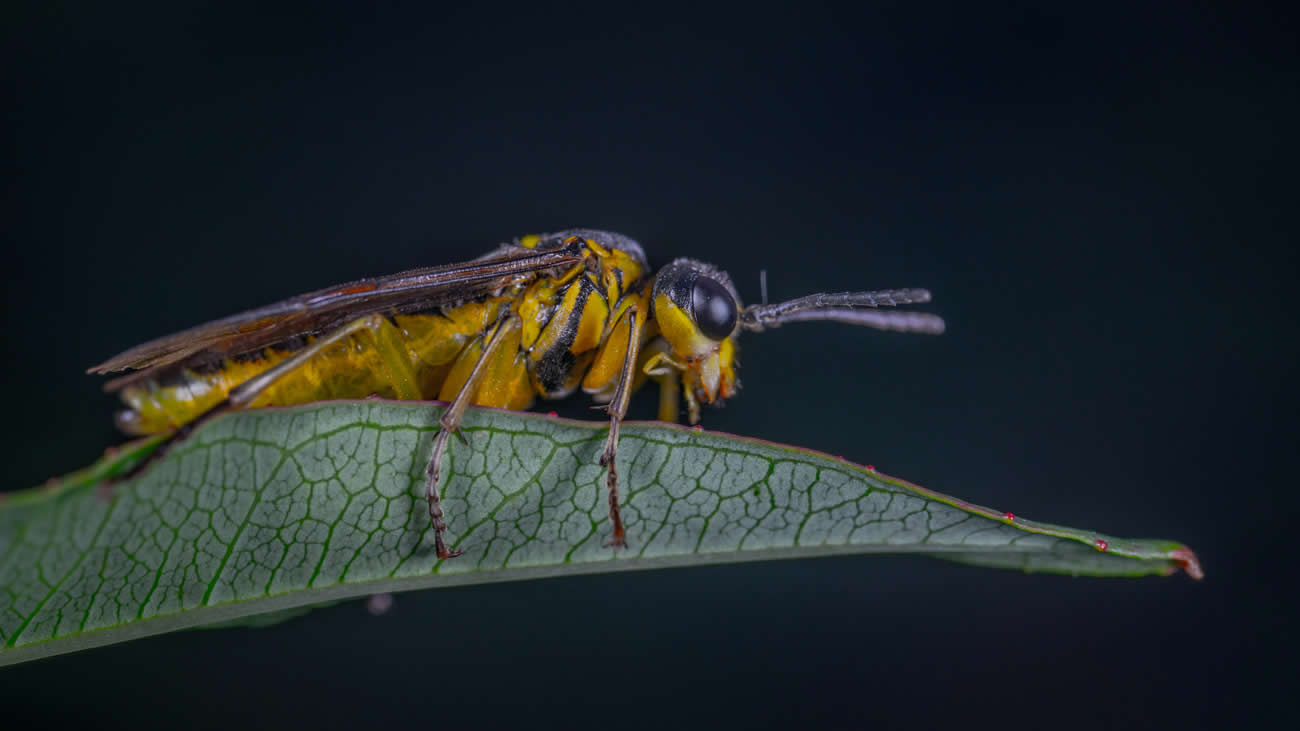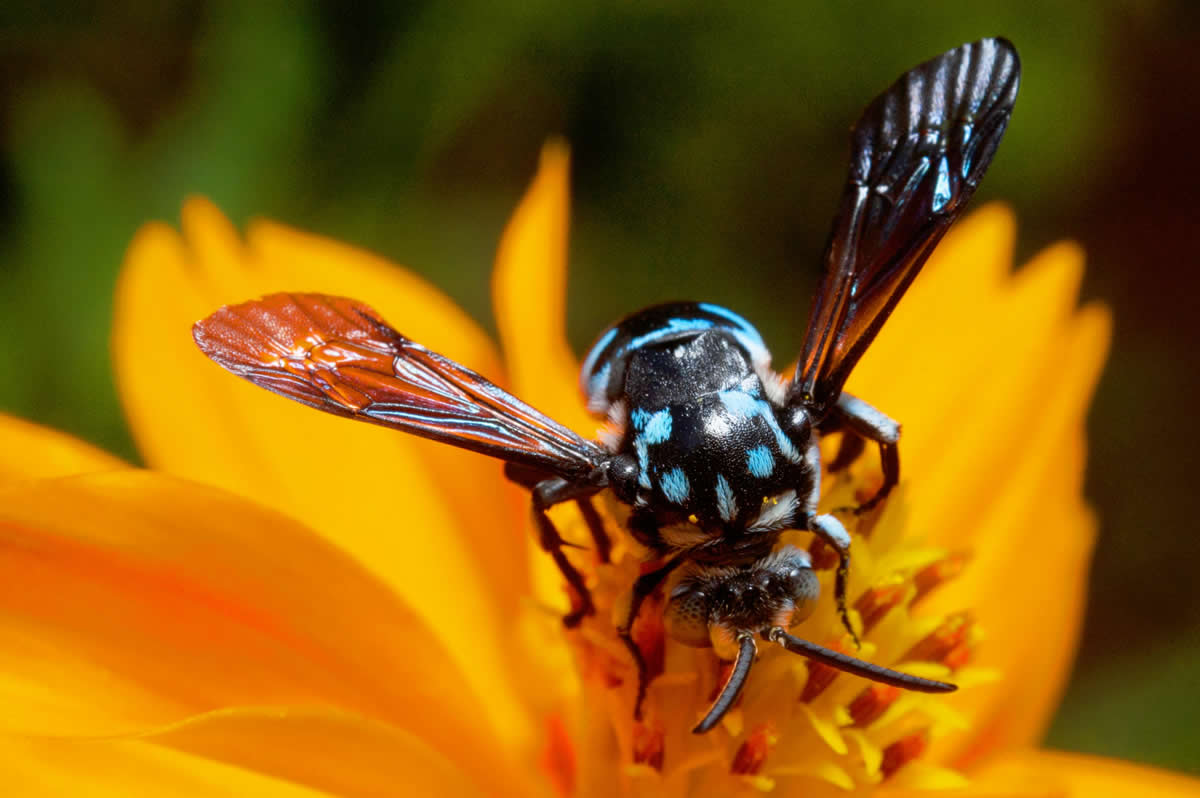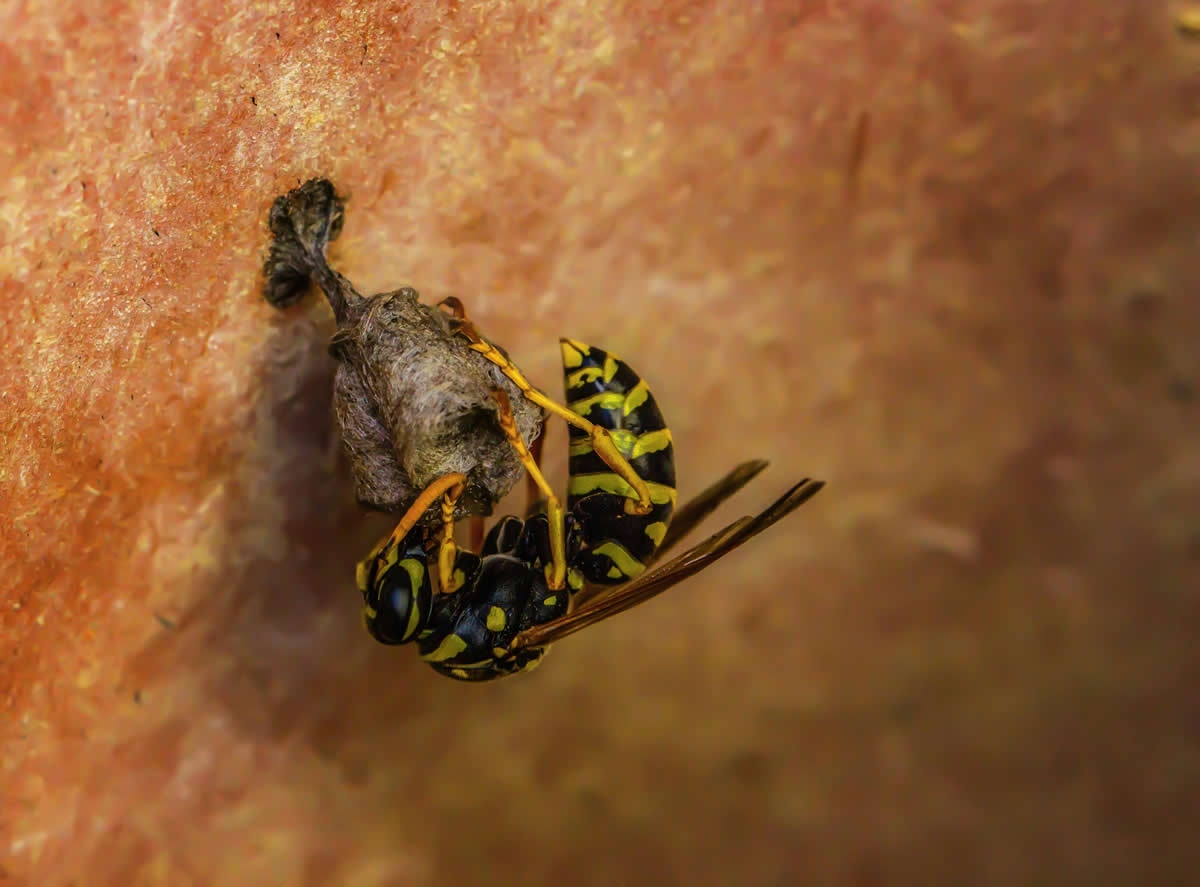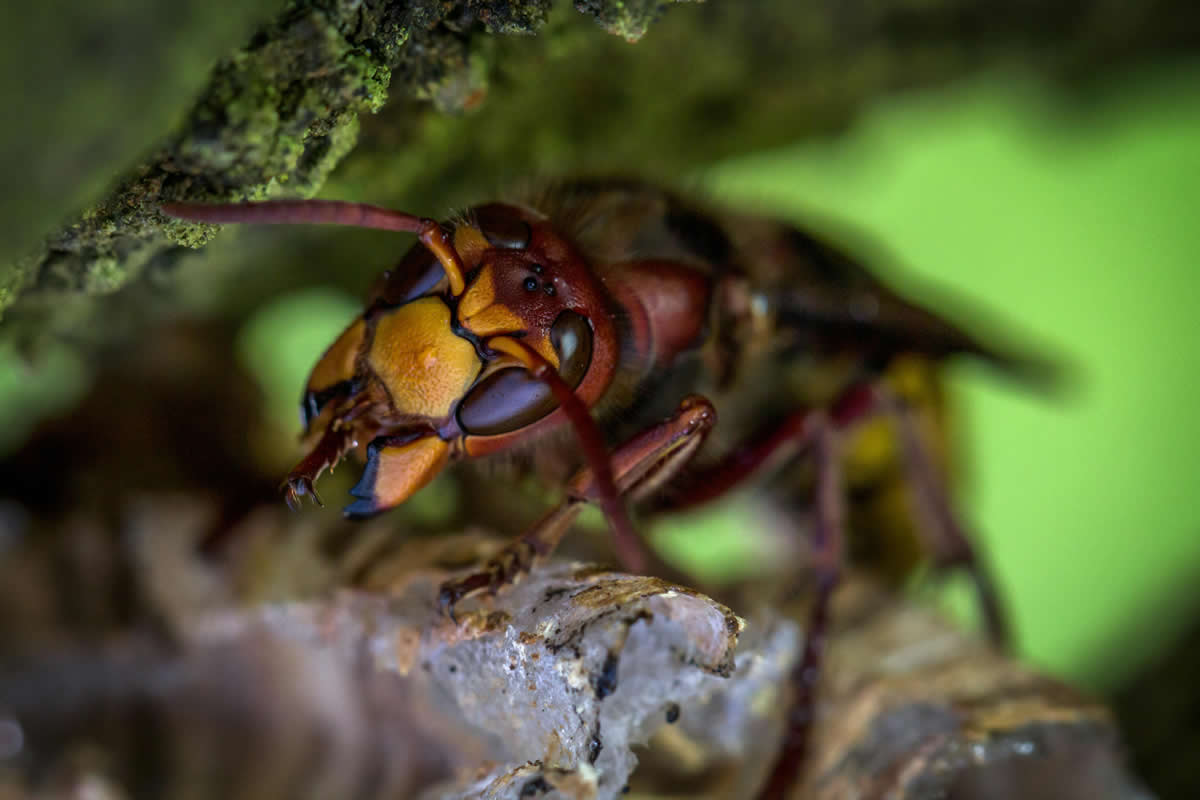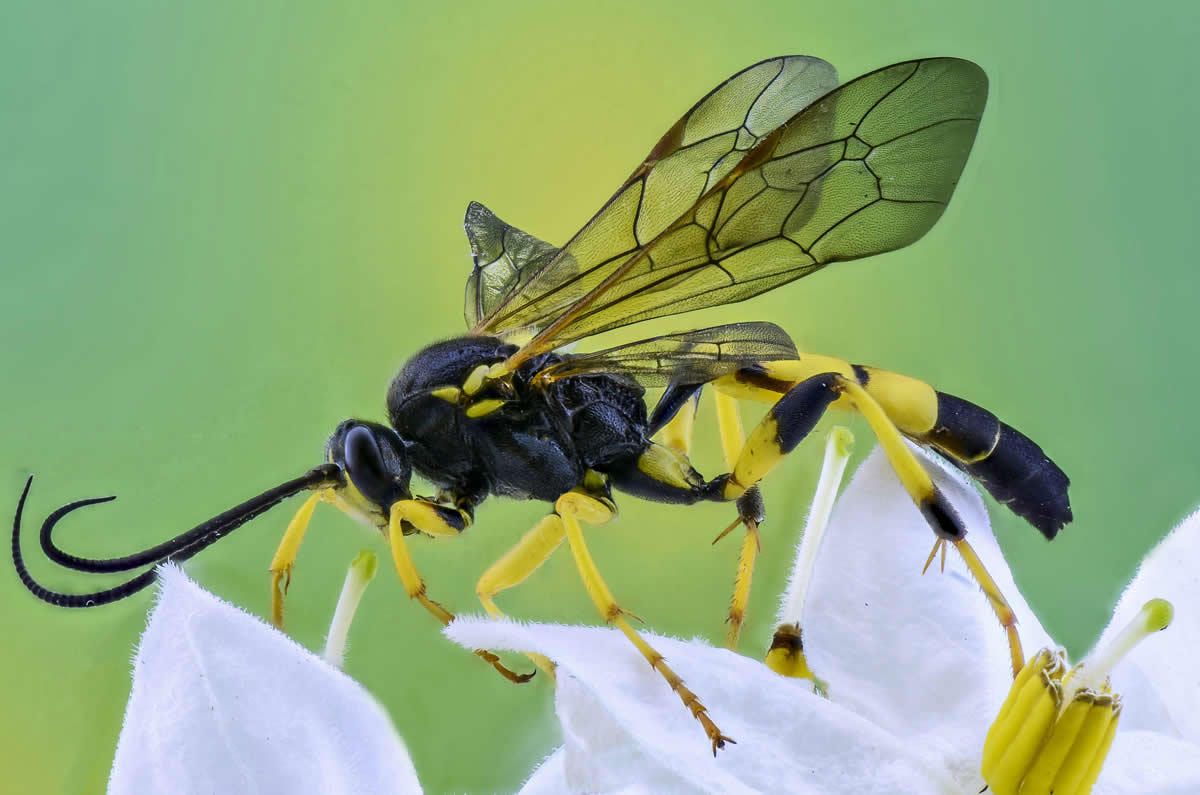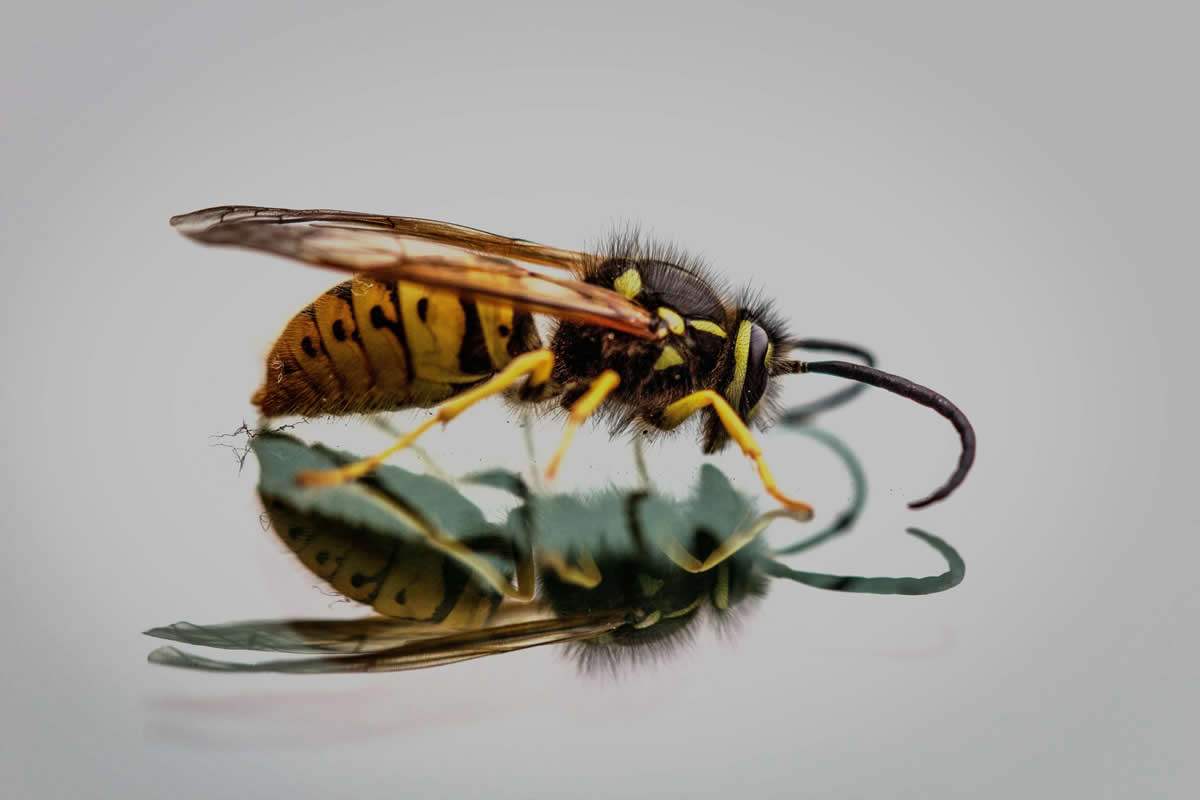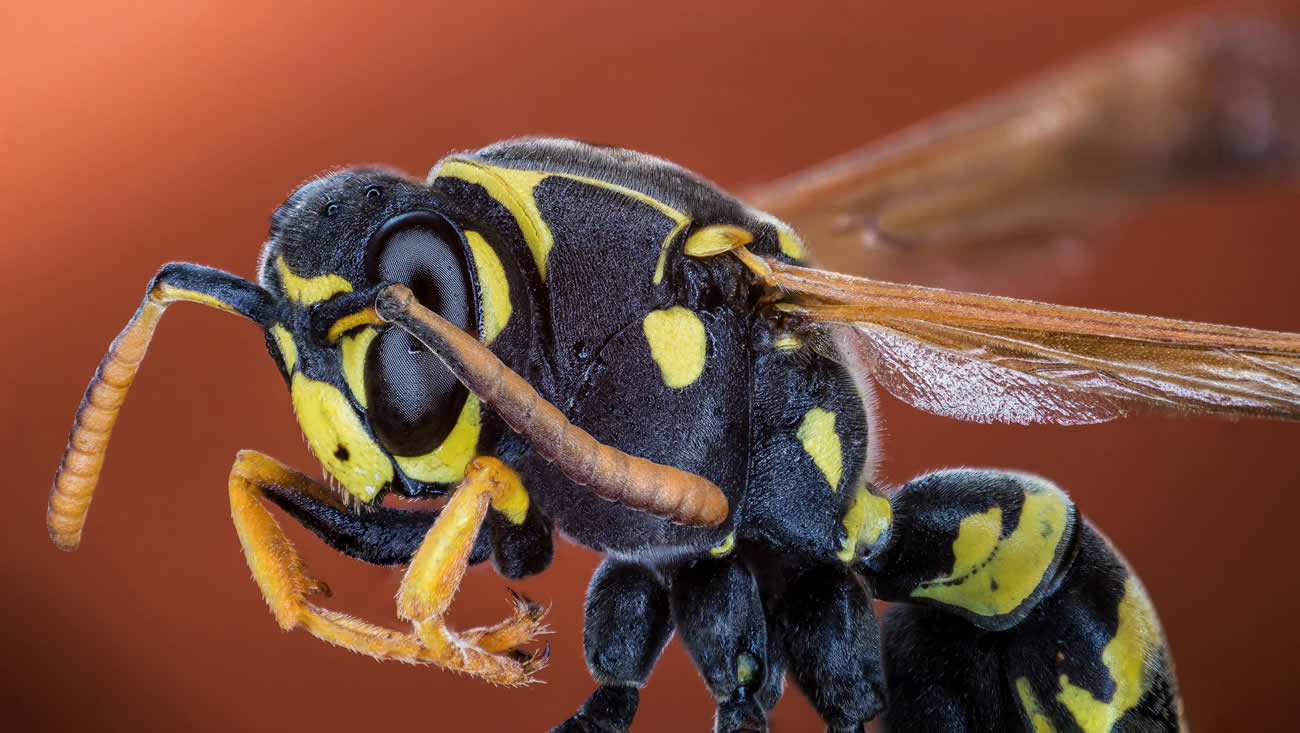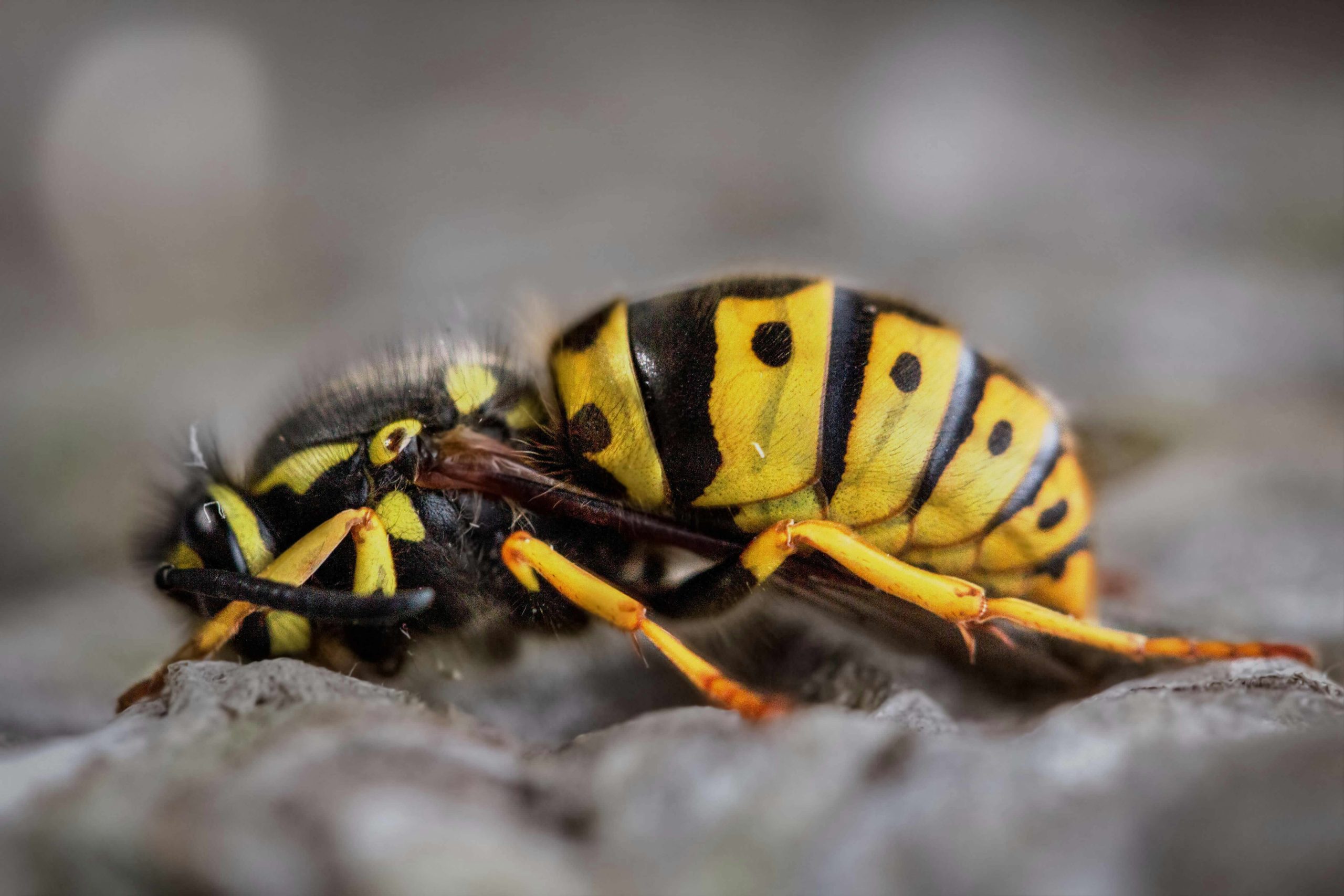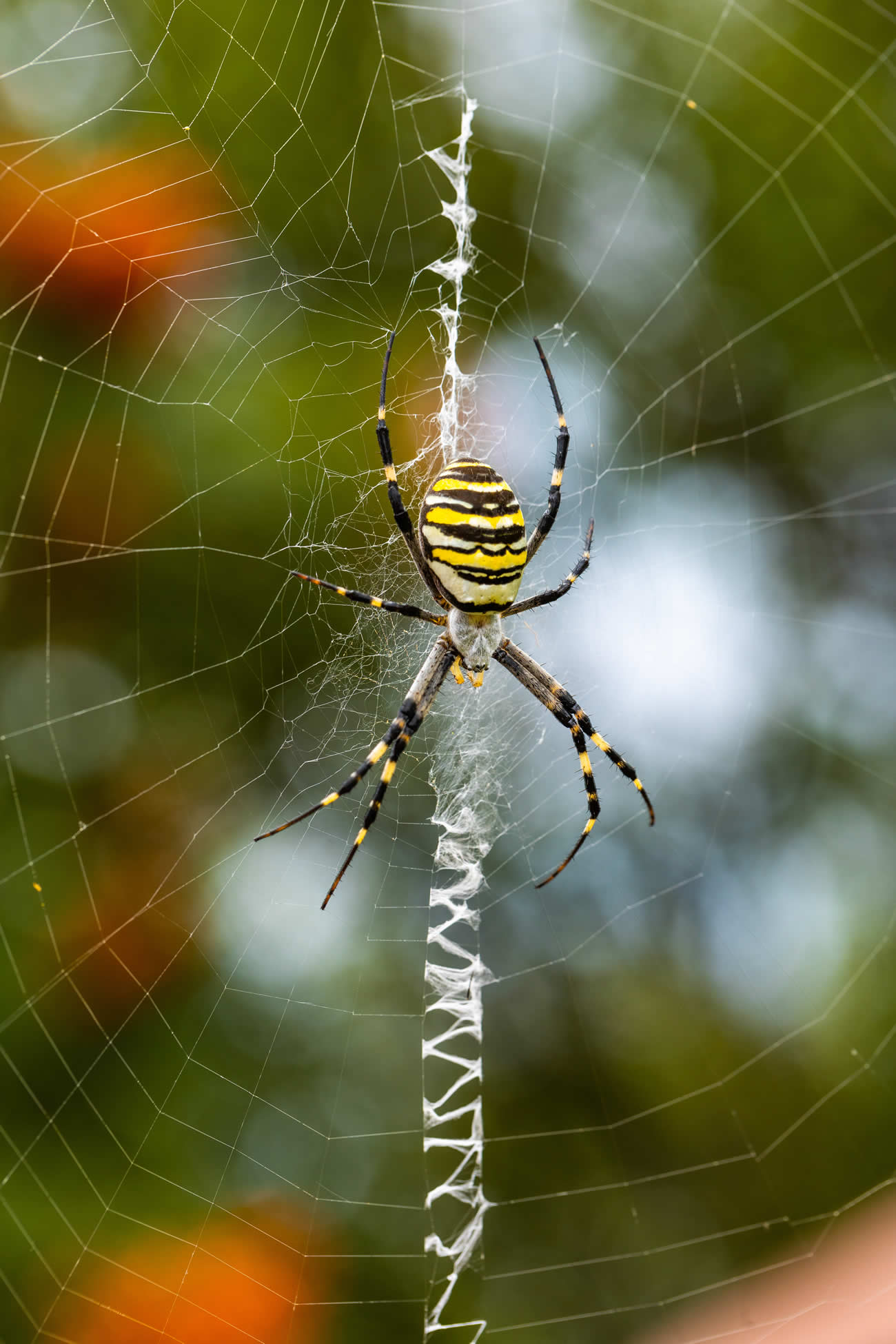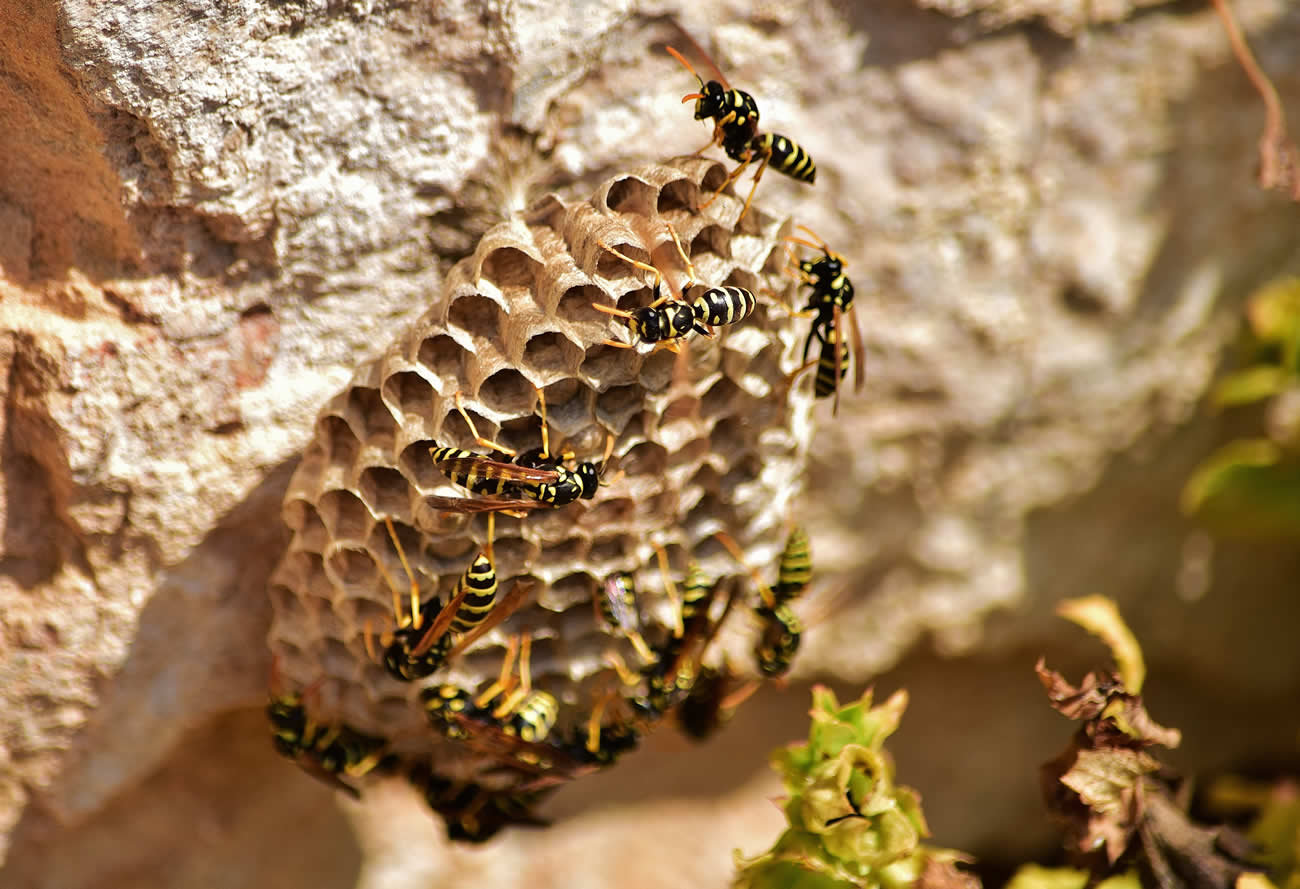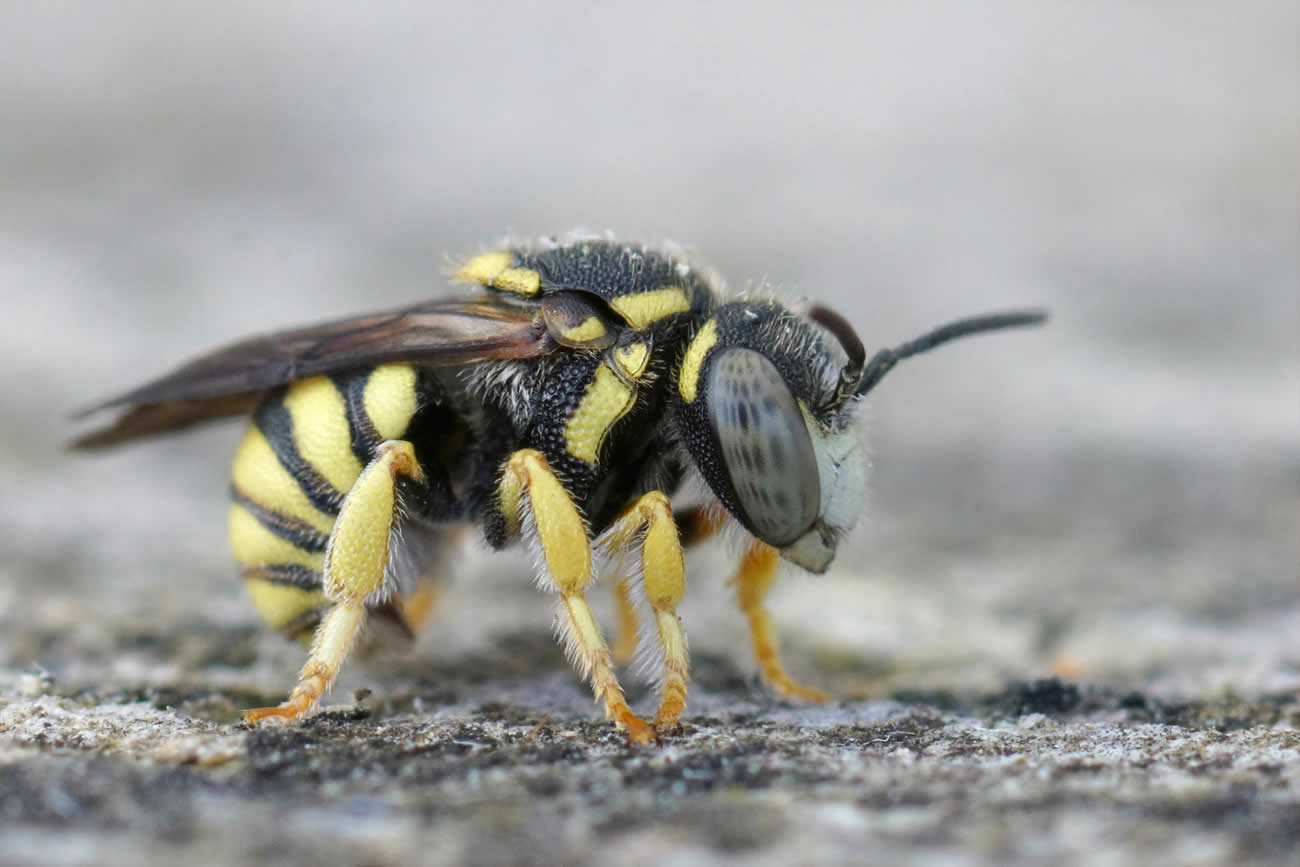Surprisingly, of the 650 spider species found in the UK house spiders range from tiny 2mm money spiders to the impressive Cardinal Spider, which can reach a leg span of 12cm.
While most of us spot these eight-legged visitors more frequently during spider season (September to mid-October), only about 12 species can actually bite humans. In fact, these common house spider UK residents are quite beneficial, helping control household pests by managing fly and insect populations.
As we explore the various types of UK house spiders, you’ll discover fascinating creatures like the Giant House Spider, which can sprint at speeds of half a metre per second, and the distinctive Zebra Spider, known for its remarkable ability to leap up to 10cm. Whether you’re curious or cautious about these household inhabitants, understanding them better is the first step to peaceful coexistence.
Table of Contents
ToggleCommon UK House Spiders: A Seasonal Guide
Throughout the year, UK house spiders display distinct seasonal patterns in their behaviour and activity levels. Let’s explore their fascinating lifecycle across different seasons.
Spring Spider Activity
As temperatures rise, female spiders who survived winter begin laying eggs in secluded corners of homes. These eight-legged creatures often seek shelter in closets, attics, and basements, where they can hunt for food at night. Most notably, spring marks the emergence of baby spiders, particularly in areas where adult spiders found refuge during colder months.
Summer Spider Behaviour
Following a hot and wet summer, house spiders grow significantly larger due to abundant food sources. Rather than purposefully entering homes, these arachnids typically prefer outdoor environments. Nevertheless, modern houses, with their constant temperature and humidity levels, have altered traditional seasonal patterns.
Autumn Spider Season Peak
The most active period occurs between August and October, reaching its zenith in September. This heightened activity coincides with the mating season, when male spiders venture from their webs in search of females. These arachnids commonly enter homes through open windows, chimneys, and gaps beneath doors. Additionally, male spiders typically perish shortly after mating, although females often survive until the following year.
Winter Hibernation Patterns
Contrary to popular belief, most spiders that survive winter choose outdoor shelters instead of homes. They seek quiet spots in:
- Outbuildings
- Under logs and stones
- Leaf litter
- Hollow plant stems
Some species hibernate as adults in protected locations such as under leaves, buildings, or tree bark, whilst others continue seeking warmth within household structures. By November, spider activity significantly decreases as temperatures drop and they retreat to their winter hiding spots.
Giant House Spider (Eratigena duellica)
Among the most recognisable arachnids in British homes, the Giant House Spider stands out for its impressive size and speed. These remarkable creatures, scientifically known as Eratigena duellica, possess extraordinary capabilities that set them apart from other household spiders.
Physical Characteristics and Size
Female Giant House Spiders reach lengths of 18.5mm, whilst males measure between 12mm to 15mm. Their leg spans vary considerably, with females typically extending to 45mm, whereas males display remarkable variation, spanning from 25mm to 75mm. These spiders showcase a muddy brown colouration, featuring distinctive markings. The sternum displays a lighter arrow-like pattern with three spots on each side. Furthermore, their opisthosoma exhibits a lighter middle line accompanied by six spots on either side.
Habitat Preferences
Primarily, Giant House Spiders construct their homes in undisturbed areas. Their natural dwellings include caves and hollow trees, yet they readily adapt to human structures. Inside buildings, these arachnids favour:
- Dark corners between boxes
- Basements and attics
- Areas behind cupboards
- Window openings
Hunting Behaviour
These skilled predators craft flat, messy webs with distinctive funnels at one end. Unlike orb-weaver spiders, their webs lack sticky silk, instead relying on multiple layers that entangle prey. These permanent structures can grow considerably large in undisturbed locations. Moreover, these spiders demonstrate remarkable survival abilities, enduring months without food or water.
Peak Activity Periods
The most noticeable activity occurs between August and October. During this period, male spiders frequently venture from their webs in search of mates. After successful mating, males typically perish in autumn. Conversely, females maintain year-round presence, producing multiple egg sacs containing approximately 60 eggs. Interestingly, merely 1% of these offspring survive to adulthood. These spiders generally live for two to three years, though some specimens have reached impressive lifespans of up to six years.
False Widow Spider Species
Six distinct species of false widow spiders inhabit British homes, each with unique characteristics and behaviours. These arachnids, often misunderstood, merit careful examination to separate fact from fiction.
Noble False Widow Identification
The Noble False Widow (Steatoda nobilis) stands as the largest among British false widows. Female specimens measure between 8.5-14mm, whilst males range from 7-10mm. Their distinctive appearance includes a bulbous abdomen adorned with cream markings, often described as skull-shaped, accompanied by spindly reddish-orange legs. First recorded near Torquay in 1879, these spiders arrived from the Canary Islands and Madeira, presumably in banana shipments.
Steatoda Species Variations
Three primary false widow species frequent British buildings:
- Steatoda bipunctata (Rabbit Hutch Spider): Measuring 4.5-7mm, featuring a light central band on the abdomen
- Steatoda grossa (Cupboard Spider): Females reach 6.5-10mm, displaying purplish-brown colouration
- Steatoda nobilis (Noble False Widow): The largest variant, with females extending to 14mm
Common Habitats
These spiders construct distinctive scaffold webs, typically positioned at least 1.5 metres above ground level. Their preferred locations include:
- South-facing walls
- Kitchen corners
- Conservatories
- Window frames
- Dark household corners
Truth About Bites and Risks
Notwithstanding media sensationalism, false widow spiders rarely pose significant threats. Whilst capable of biting, they only do so when feeling threatened or trapped against skin. The bite sensation typically resembles a wasp sting, with symptoms lasting between one and 12 hours. Notably, more severe reactions often stem from secondary bacterial infections rather than the spider’s venom. Confirmed bite cases remain exceptionally rare, with no recorded fatalities in British history.
Cellar Spiders and Their Relatives
Cellar spiders, scientifically known as Pholcus phalangioides, demonstrate remarkable adaptability within British households. These fascinating arachnids, found across every continent except Antarctica, belong to one of the most diverse spider families, comprising approximately 1,500 species.
Distinguishing Features
These spiders exhibit distinctive physical characteristics, with adult females measuring 7-8mm in body length and front legs extending to 45-50mm. Male specimens maintain a smaller profile at 6mm body length. Their pale yellowish to light brown bodies appear unusually thin compared to most spiders. Interestingly, despite their delicate appearance, these arachnids possess exceptional hunting abilities.
Web Construction
Unlike traditional spider webs, cellar spiders craft loose, irregular structures without sticky silk. These messy tangles serve a specific purpose – creating an intricate maze that effectively traps prey. Uniquely, these spiders continue layering additional webs atop old ones, leading to substantial web accumulation over time.
Preferred House Locations
These indoor specialists thrive in:
- Dark corners where walls meet ceilings
- Undisturbed cupboards
- Cellars and basements
- Areas with stable temperatures
Interaction with Other Species
Perhaps most intriguingly, cellar spiders excel at hunting other arachnids, including substantially larger house spiders. They employ sophisticated hunting techniques, including:
First, they act as aggressive mimics, vibrating nearby webs to simulate trapped insects. Subsequently, they throw silk at their prey before delivering a bite. Their exceptionally long legs provide a defensive advantage, enabling them to maintain a safe distance from potential threats.
Upon encountering danger, these spiders exhibit a unique defence mechanism called ‘whirling’, where they rapidly rotate their bodies in circles. This behaviour serves dual purposes – making them appear larger whilst simultaneously becoming harder targets for predators. Remarkably, these spiders often display social behaviour, sharing webs without aggressive interactions.
Female cellar spiders demonstrate particular care for their offspring, carrying egg sacs containing 13-60 eggs in their mouths until hatching. Afterwards, they continue guarding their newly hatched spiderlings for up to nine days, showcasing unusually extended parental care among arachnids.
Beneficial House Spider Species
House spiders serve as nature’s own pest control specialists, offering invaluable services within our homes. These eight-legged inhabitants consume an estimated 400-800 million tonnes of insects annually worldwide, making them essential allies in maintaining household ecological balance.
Natural Pest Control Role
British house spiders excel at managing various household pests without requiring chemical interventions. A single spider devours approximately 2,000 insects yearly, equivalent to the weight of over 6,000 grains of rice. These natural controllers primarily target common indoor nuisances, including roaches, earwigs, mosquitoes, and clothes moths.
Impact on Household Insects
Beyond mere pest control, these arachnids help limit disease transmission by consuming insects that pose health risks. Their hunting prowess extends to:
- Blood-sucking insects like mosquitoes
- Disease-carrying cockroaches
- Problematic flies and moths
Remarkably, spiders reach areas often missed by conventional pest control methods, such as high corners and spaces behind furniture. Their effectiveness stems from continuous monitoring and immediate response to pest presence.
Ecological Benefits
Within agricultural settings, spiders contribute significantly to integrated pest management schemes. As generalist predators, they readily adapt to various prey types. Specifically, in wheat fields across the UK, these arachnids form part of sustainable pest control strategies. Their presence often indicates good air quality, as they thrive in less polluted environments.
Conservation Considerations
Presently, spider populations face numerous challenges worldwide. Primary threats include:
- Agricultural practises
- Climate change impacts
- Urbanisation effects
- Pesticide usage
Conservation experts emphasise the importance of land protection and public awareness for preserving spider species. The British Arachnological Society actively supports spider conservation through scientific research and policy guidance. Their efforts focus on protecting threatened species whilst promoting spider biodiversity across various habitats.
Undoubtedly, these silent guardians offer chemical-free, eco-friendly pest management solutions. Their presence indicates a balanced indoor ecosystem, providing round-the-clock protection without requiring human intervention.
Comparison Table
| Spider Type | Size/Measurements | Peak Activity Period | Preferred Habitat | Notable Characteristics | Key Behaviours |
|---|---|---|---|---|---|
| Common UK House Spiders | 2mm – 12cm leg span | September to mid-October | Not specifically mentioned | Range from tiny money spiders to Cardinal Spider | Can sprint at speeds of half a metre per second |
| Giant House Spider | Females: 18.5mm body length, 45mm leg span; Males: 12-15mm body length, 25-75mm leg span | August to October | Dark corners, basements, attics, behind cupboards | Muddy brown with arrow-like sternum pattern | Can survive months without food or water |
| False Widow Species | Noble False Widow (largest): Females 8.5-14mm, Males 7-10mm | Not specifically mentioned | South-facing walls, kitchen corners, conservatories, window frames | Bulbous abdomen with cream skull-shaped markings | Construct scaffold webs 1.5m above ground |
| Cellar Spiders | Females: 7-8mm body, 45-50mm leg span; Males: 6mm body | Not specifically mentioned | Dark corners where walls meet ceilings, cellars, cupboards | Pale yellowish to light brown, thin bodies | Perform ‘whirling’ defence mechanism; hunt other spiders |
| Beneficial House Species | Not specifically mentioned | Year-round | Areas often missed by conventional pest control | Consume 2,000 insects yearly per spider | Act as natural pest controllers, targeting various household insects |
Our Final Say!
Although many people fear spiders, these remarkable creatures play vital roles in our homes and ecosystems. British houses host an amazing variety of spider species, each bringing unique characteristics and behaviours that help maintain natural balance.
These eight-legged residents work tirelessly as nature’s pest controllers, catching harmful insects and keeping our homes healthier. Giant house spiders showcase impressive hunting abilities, while false widows prove less dangerous than their reputation suggests. Cellar spiders demonstrate fascinating social behaviours and parental care, challenging common misconceptions about arachnids.
Understanding seasonal patterns helps us better appreciate when and why spiders enter our homes. Their peak activity during autumn months reflects natural mating cycles rather than any intention to invade our spaces.
The future of these beneficial creatures depends on our willingness to protect their habitats and change negative perceptions. Spider conservation efforts deserve support, as these silent guardians continue their essential work in pest management and ecosystem maintenance.

